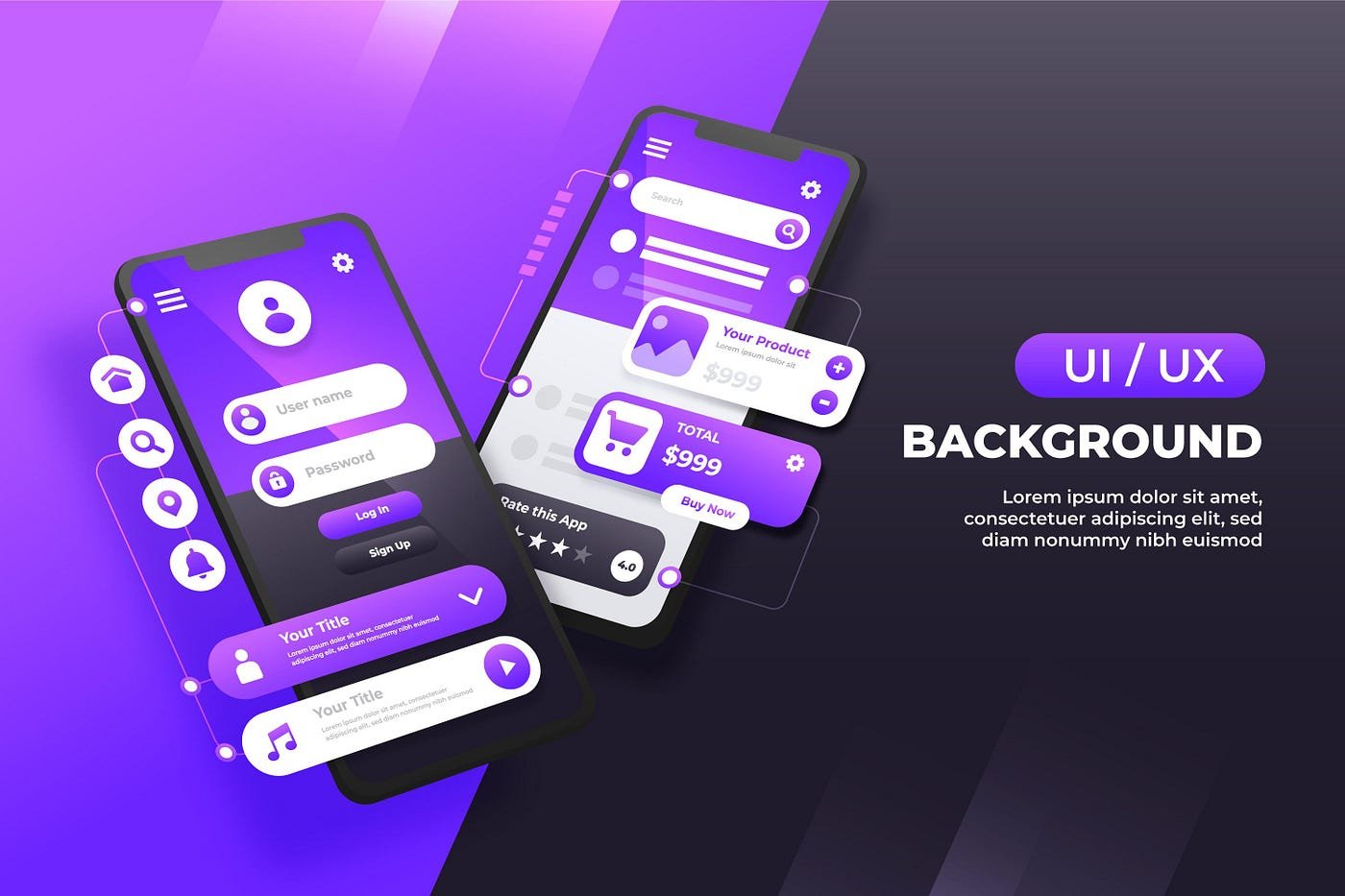User-centric web design focuses on creating interfaces that prioritize the needs and preferences of users. By putting the user at the center of the design process, you can build interfaces that are intuitive, accessible, and effective. This approach enhances user satisfaction and engagement, ultimately leading to better business outcomes.

Why User-Centric Design Matters
User-centric design is essential because it leads to more intuitive and efficient interactions. When users find a website easy to navigate, they are more likely to stay longer, explore more content, and convert. Additionally, user-centric design improves accessibility, making your website usable by a wider audience, including people with disabilities.
Key Principles of User-Centric Web Design
Understanding User Needs
The foundation of user-centric design is a deep understanding of your target audience. Conduct user research to identify their needs, preferences, and pain points. By gathering insights from user interviews, surveys, and analytics, you can make informed design decisions. Therefore, understanding your users is the first step toward creating a successful interface.
Simplifying Navigation
Navigation is a critical element of user-centric design. A well-structured navigation system helps users find what they’re looking for quickly and easily. Use clear labels and organize content logically to minimize cognitive load. Additionally, consider implementing breadcrumb navigation to help users understand their location within the site.
Prioritizing Accessibility
Accessibility is a key aspect of user-centric design. Ensure your website is accessible to all users, including those with disabilities. Use semantic HTML, provide alt text for images, and ensure sufficient color contrast. Moreover, designing with accessibility in mind not only benefits users with disabilities but also improves the overall usability of your site.
Enhancing User Experience with Visual Design
Consistent Visual Hierarchy
A consistent visual hierarchy guides users through the content in a logical order. Use size, color, and spacing to indicate the importance of different elements. For example, headings should be larger and more prominent than body text. Moreover, a clear visual hierarchy helps users quickly identify key information, enhancing their experience.
Minimalist Design Approach
A minimalist design approach removes unnecessary elements, focusing on essential content and functionality. This not only improves load times but also reduces distractions, allowing users to concentrate on what’s important. Additionally, minimalism contributes to a clean and modern aesthetic, making your site more appealing.
Fostering User Engagement
Interactive Elements
Interactive elements, such as buttons, forms, and animations, can enhance user engagement. Ensure that these elements are easy to use and provide clear feedback. For example, buttons should change color or display a loading animation when clicked. Therefore, well-designed interactive elements can make the user experience more engaging and satisfying.
Personalization
Personalization tailors the user experience to individual preferences and behaviors. By using data to deliver personalized content, recommendations, and interfaces, you can increase user engagement and satisfaction. Additionally, personalization can help build a stronger connection between the user and your brand.
Testing and Iterating for Success
User Testing
User testing is essential for refining a user-centric interface. Conduct usability tests to observe how real users interact with your design. Identify any pain points or areas of confusion and make necessary adjustments. Therefore, regular user testing helps ensure that your design meets the needs of your audience.
Continuous Improvement
User-centric design is an ongoing process. Use analytics and user feedback to continuously monitor the performance of your interface. Make iterative improvements to enhance usability and keep up with evolving user expectations. Additionally, staying responsive to user needs ensures that your design remains effective and relevant over time.
Conclusion: The Power of User-Centric Design
Crafting user-centric web interfaces is key to delivering an exceptional user experience. By understanding user needs, simplifying navigation, and prioritizing accessibility, you can create interfaces that are intuitive and engaging. Furthermore, a focus on continuous improvement ensures that your design remains effective as user needs evolve. Ultimately, user-centric design leads to happier users, higher engagement, and better business results.




